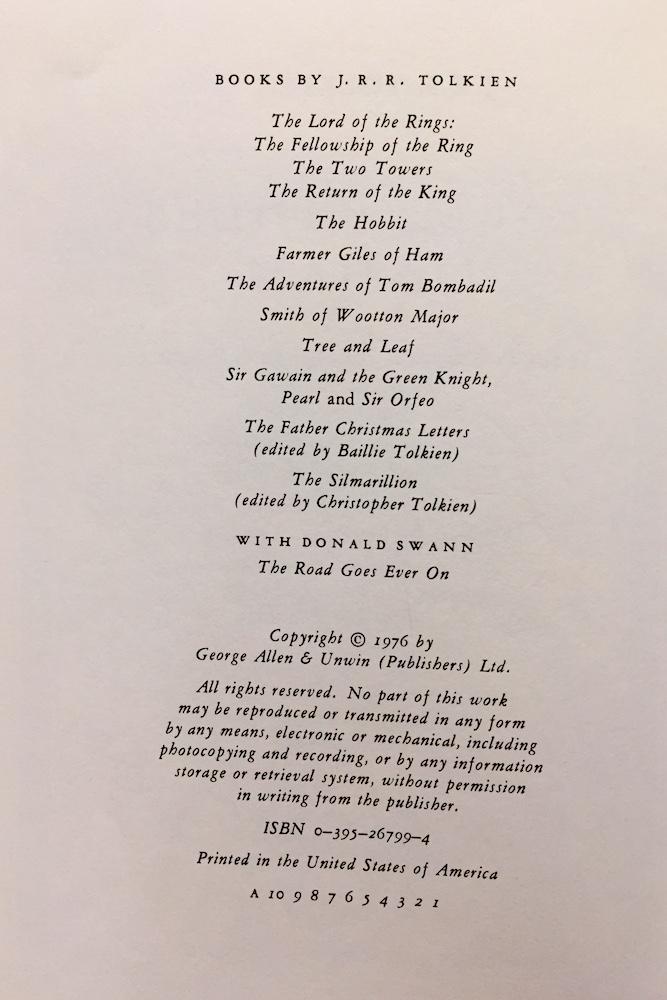

This festival was celebrated only once every twenty-four years: twenty-four children of the village were invited to a party, and the highlight of the party was the Great Cake, a career milestone by which Master Cooks were judged. The biggest festival of all was the Feast of Good Children. The village of Wootton Major was well known around the countryside for its annual festivals, which were particularly famous for their culinary delights.

It also explains how the story grew from this first idea into the published version. The most recent (2005) edition, edited by Verlyn Flieger, includes a previously unpublished essay by Tolkien, explaining the background and just why the elf-king spent so long in Wootton Major.

These two, together with The Adventures of Tom Bombadil and " Leaf by Niggle", have appeared as Tales from the Perilous Realm. The two stories are not obviously linked, other than by their common authorship. It is sometimes published in an omnibus edition with Farmer Giles of Ham, another Tolkien novella with illustrations by Pauline Baynes. (Smith can thus be likened to Beren in the realm of Thingol, or Eärendil journeying to Valinor, or Ælfwine's visit to Tol Eressëa.) Smith of Wootton Major is not connected to the Middle-earth legendarium, except by the thematic "Faery" motif of the traveler who journeys to a land that lies beyond the normal world and is usually beyond the reach of mortals. It was first published in the United States on 23 November 1967 in the Christmas edition of Redbook magazine, but without the illustrations by Pauline Baynes that appeared in the published book. The story was first published on 9 November 1967. Tolkien's story grew to become a tale in its own right. It was intended to be part of a preface by Tolkien to George MacDonald's famous fairy story The Golden Key. The book began as an attempt to explain the meaning of Faery by means of a story about a cook and his cake, and Tolkien originally thought to call it The Great Cake. Smith of Wootton Major, first published in 1967, is a novella by J.


 0 kommentar(er)
0 kommentar(er)
